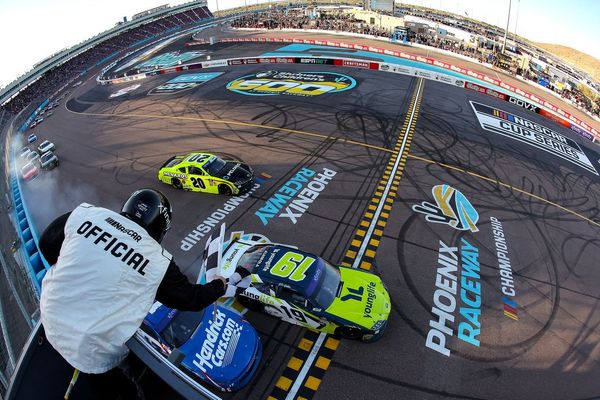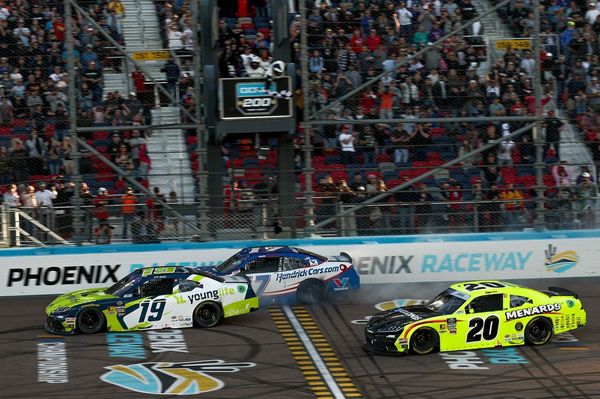
McLaren was braced for a difficult triple-header with races in Texas, Mexico and Brazil on three circuits that it feared would expose its slow-speed weakness and not cater to its high-downforce prowess.
But the team's genuine pessimism proved unfounded as it scored another podium with Lando Norris at the US Grand Prix, and the Briton produced a stellar drive to move up from 17th to fifth in Mexico, his race pace easily being good enough for a podium.
When quizzed by Motorsport.com after the Mexico race on McLaren's curious form curve, team principal Andrea Stella admitted his team's strong race pace on theoretical weaker circuits still needs to be properly understood.
But he did offer a theory of why the MCL60 performed better through Mexico's many low-speed corners.
"I wouldn't have expected to be half a second behind [in qualifying] and I wasn't expecting to be so competitive [in the race], so I think there's a bit of analysis to do," Stella said. "It's a pattern that we will have to put together like a bit of a jigsaw.
"The other element that is quite peculiar here in Mexico is that in low speed, you can use ride heights that normally you can't use in any other circuit, just because you can set up the car quite low. So in a way, we mitigate some of our sensitivities.
"But actually, what happened [on Saturday], we started to suffer in high speed, Lando lost the car in high speed. We'll have to analyse this pattern, because it's not a straightforward interpretation.
"Translating the Italian way of saying, I will say our blanket is a little short. So if we centre the car for medium speed and low speed, then we have some other issues in high speed. There's a lot of compromise.
"The work we are undertaking for next year is to make this blanket quite a bit longer."

While McLaren's race pace was surprisingly strong, it did take a step backwards in qualifying in Mexico.
At its favoured Losail circuit in Qatar, Oscar Piastri and Norris qualified first and second for the sprint, and Norris also qualified on the front two rows in Austin.
In Mexico, Piastri qualified half a second from pole in seventh, while Norris was knocked out in Q1 after failing to set a competitive lap.
McLaren's knife-edge car behaviour over a single lap could be the unintended side-effect of the upgrades it has brought since Singapore.
"It's a working hypothesis that we need to investigate in a rigorous way," Stella pondered. "Interestingly, with the new car it seems like we have gained in terms of race pace and if anything, the situation has become a little more tricky for qualifying, so this is an element we need to understand as well.
"Even with Lando we just needed to put together really a clean lap and the car was inconsistent and kind of surprised him, and we lost the lap.
"So, there's a bit of work we need to do in understanding why the car seems to have degraded in terms of predictability in qualifying conditions, but it looks more competitive in the race."

McLaren's surprise performances over the past two weeks have given Stella hope that Norris and Piastri can fight for podiums again in Brazil despite the Interlagos circuit's many low-speed corners, which was almost unthinkable earlier in the year.
"Before this triple-header I would have said Brazil is difficult," he added.
"But having seen what we can do in the race in Austin and Mexico, I'm a little more optimistic that if we put the weekend together, we can be there fighting for podiums."







